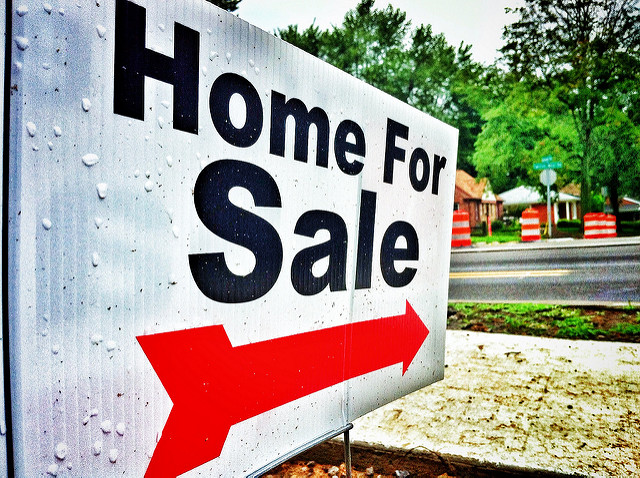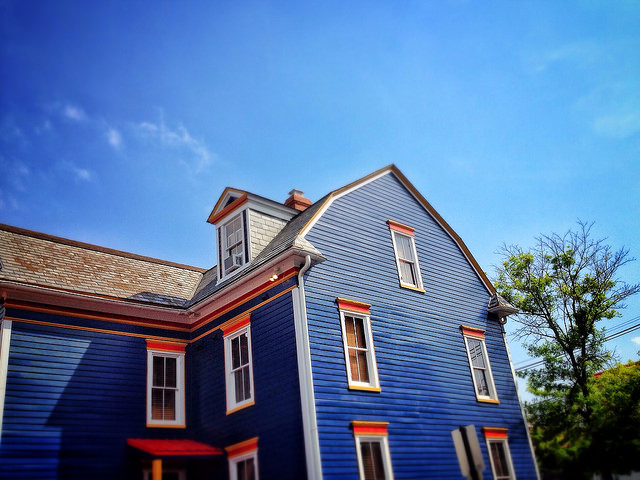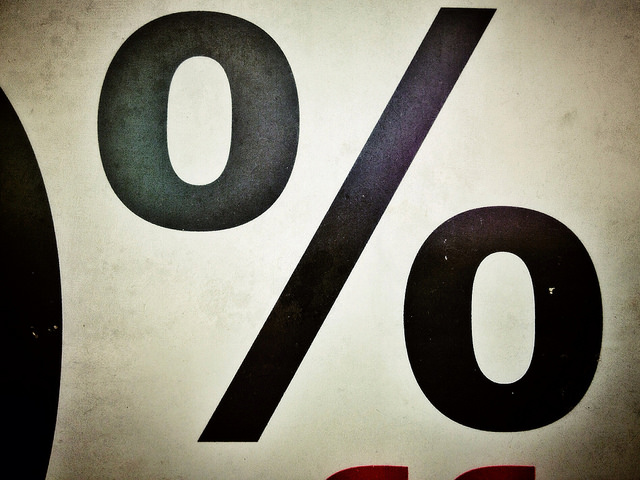These days, you hear a lot about how there are too few homes for sale and it’s driving prices upward. But though that’s true in many markets, it doesn’t mean hopeful home buyers should give up on buying. In fact, the most recent Housing Opportunity Index from the National Association of Home Builders shows there are still plenty of available homes for buyers earning the U.S. median income. According to the index, 63.2 percent of all new and existing homes sold between the beginning of October and the end of December were affordable. But obviously, where you’re looking to buy will determine how many affordable homes you find. The West Coast, for example, was far less affordable than the nation’s most accessible markets, which were found in places like Scranton, PA, Kokomo, Ind., Fairbanks, Alaska, Davenport, Iowa, and Springfield, Ohio. Robert Dietz, NAHB’s chief economist, says there are a number of factors at play. “Growing household formations, ongoing job creation, and rising wage growth are fueling housing demand,” Dietz said. “But a record-low resale inventory, coupled with underbuilding as builders deal with supply-side constraints, continue to put upward pressure on home prices even as interest rates remain at low levels.” (source)













